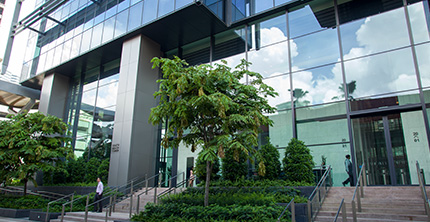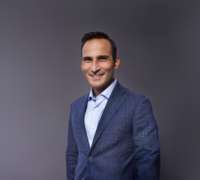Step 5: Measure, measure, measure
As the saying goes, “You can’t improve what you don’t measure.” It’s important to define key KPIs from the outset and what you expect to achieve from your DE&I initiatives. A global manufacturer with over 100,000 employees set itself to the target of reaching 900 people during events for its first-ever Pride Month. While we had control over the number of sessions we held and how many people we invited, it was important to find the right mix of measuring what we put in – and what we got out – to see the difference we were making in the company.
For some DE&I dimensions, representation – such as the number of women in senior positions or race variety in top management – is a good KPI. However, this is not necessarily the case for all dimensions. When considering LGBTQ+ and various abilities, not everyone is visible. So, instead of just measuring representation, it’s better to focus on systemic change to allow everyone to be themselves and feel valued at work.
Examples of systemic changes include defining the right tone from the top, appointing executive sponsors for each DE&I topic, and implementing policies that create a context where DE&I is embedded into people’s behavior. Another great example is changing internal processes to remove biases, especially during recruitment. At one HR team I worked with, we trained talent acquisition managers with awareness sessions, reviewed the way job postings were published, and enhanced the candidate experience from the beginning. This approach sent a signal that everyone in the company values inclusion, and people reported that they felt appreciated for their diversity, which made the company a more attractive place to work.
Progress measurement can also help drive momentum across the organization. For example, having a dashboard that shows progress by country or business can create healthy competition to inspire the laggards to accelerate progress so as not to end up bottom of the list. Rewarding role models can also be another way to amplify the effect of KPIs by showing how single actions can have a collective impact across the organization.






 Audio available
Audio available